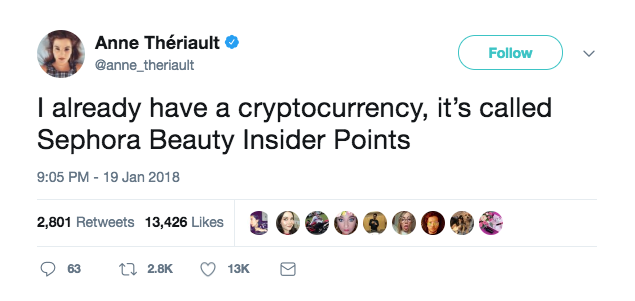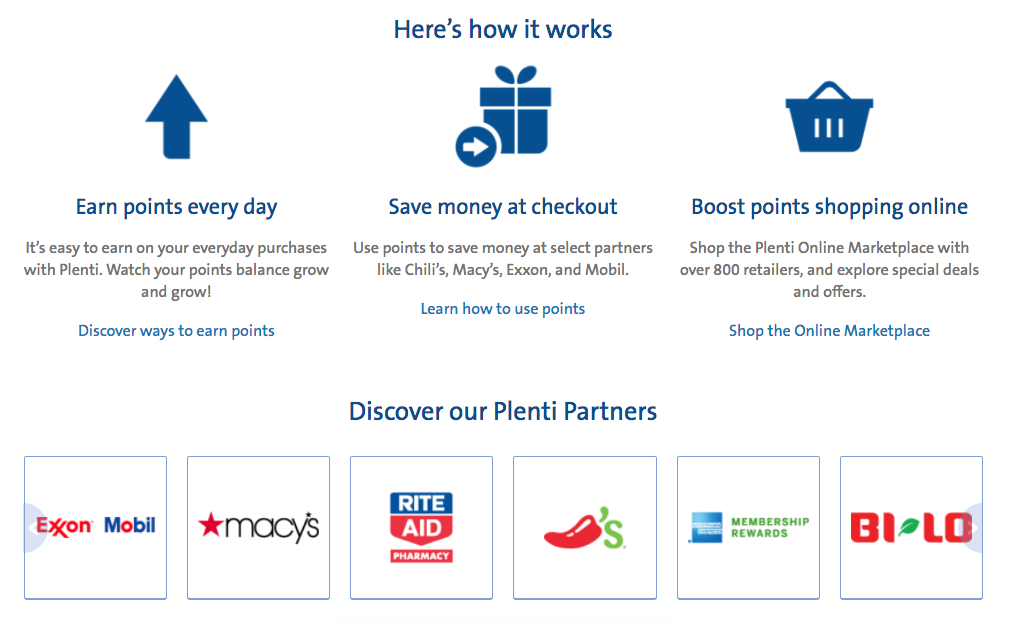When was the last time you shopped for something that’s an everyday staple? Chances are, you found way more options than you needed and ended up choosing one at random. In today’s maturing marketplace, you aren’t the only one.
In 2018, the vast majority of products on the market are pretty similar. They’re good quality and generally last a good while. If they weren’t, that company would be out of business in a virtual minute. That’s how the business world works today.
Many products have reached critical mass. Cars, coffee makers, clothing… they’re as good as they’re going to get. As consumers, our needs are satisfied all around. That’s why we’ve stopped looking really hard for solutions.
What does that mean for businesses? It means consumers expect great product quality, but it’s no longer a currency that differentiates your business. When consumers don’t feel the need to look around as much, your business depends on customer retention and loyalty to survive.
Why bother with a customer loyalty program?
What do we mean when we say “loyalty?” Loyalty usually refers to a strong sense of support or allegiance. We talk about being loyal to our family and friends, to our employers. For most of us, loyalty is more of an emotional concept than a concrete, measurable one.
When we talk about loyalty from a business perspective, though, the usual definition doesn’t quite fit. What we mean by a “loyal customer” is someone who repurchases. A customer who comes back for more. The business idea of loyalty focuses more on the behavior of customers than the feeling.
As a whole, customer loyalty programs can’t inspire real, emotional loyalty. That’s the job of your product and brand. So why do we bother with customer loyalty programs at all? According to Lance Walker, CEO of New Zealand’s biggest loyalty program, there are a few reasons:
- Loyalty programs encourage repeat purchases.
- They differentiate your business from a sea of similar products.
- They give retailers a mechanism to better understand customers.
Customer loyalty programs are an effective way to inspire behavioral loyalty, and that can make a big difference for your business:
- Sixty-one percent of small businesses said repeat business is responsible for over 50% of their revenue.
- Even a tiny 5% increase in customer retention carries enough juice to boost profitability by up to 75%.
- Not to mention the most important effect of a loyalty program: getting to know your customers. Sixty-four percent of retailers surveyed credit their loyalty programs as the most effective method for connecting with customers.
Why are loyalty programs so successful, even when they can’t inspire true emotional loyalty?
It’s the idea that customers who receive a benefit for buying feel compelled to spend more. Two studies looked at the impact of receiving a mint or chocolate with the bill at a restaurant. They found that a small piece of candy increased tip amounts in a measurable way. Treats and rewards like this tap into the theory of reciprocity.
What are some examples of amazing customer loyalty programs?
With customer loyalty programs, there are as many variations as there are competitors in the market. Loyalty programs can be anything from a simple punch card to a complex reward system to referral programs—the options are endless.
There are a few types of loyalty programs that perform better than others, though. Let’s look at a few popular ones and see what we can learn.
Sephora beauty insider loyalty program
Sephora’s loyalty program—called Beauty Insider—is wildly popular among customers. They use a simple point system where every dollar spent earns one Beauty Insider point.

It’s free to join, and as customers rack up points, they can unlock higher loyalty tiers and corresponding rewards. Customers redeem points for free beauty classes, supplies, and free or discounted two-day shipping.
Sephora’s program works because it’s both simple and enticing. Customers collect points automatically as they shop, and there’s no PhD-level math involved—$1 spent equals 1 point earned. Customers are encouraged to spend more to gain access to VIB and VIB Rouge reward levels.
Amazon Prime
If you’ve been on the internet long enough to read the beginning of this post, you know about Amazon Prime. You might not consider Prime membership to be a loyalty program, but think about it this way—Amazon Prime members make up the most active and loyal Amazon customers.
We already noted that a main goal of customer loyalty programs is to drive repeat purchases. To do that, you have to address any barriers to making a purchase in general. Amazon Prime membership allows loyal customers to make an upfront investment in exchange for a better order experience—namely, free two-day shipping.
For a business with a ridiculous amount of competition on the web, free two-day shipping is a huge differentiator. Having paid for the perk in advance draws customers back to Amazon again and again.
Plenti Rewards
American Express is known for their cardholder perks. In 2015, they launched a new loyalty program, called Plenti, that allows customers to earn points at a variety of partner businesses and redeem them at the partner of their choice.
That means customers can earn points when they fill up at Mobil and use them to splurge at Macy’s.

Plenti works because it simplifies the loyalty program on the customer’s end and offers them more flexibility. Instead of keeping track of 15 loyalty cards, they only worry about one Plenti card. And pooling reward points means they can earn faster and redeem wherever makes the most sense for them.
Customer loyalty programs for small businesses
You might’ve noticed something about the awesome loyalty programs we just highlighted: they’re all run by huge companies. Sephora, Amazon, and American Express have access to a lot of resources and flexibility that small businesses don’t.
Does that mean a small business can’t pull off an amazing customer loyalty program that rakes in repurchases and drives brand love? Nope!
There are a few key challenges that smaller businesses have to contend with. Here’s how to overcome them:
1. Price competition. As a small business trying to compete with the Amazons of the world, your margins are already razor-thin. If offering crazy benefits and outrageous discounts isn’t doable for you, you aren’t alone.
Keep rewards reasonable. Small businesses have access to other resources that behemoths don’t—like personal interaction and customer service. That means customers need a smaller incentive to come back and spend more.
2. Expertise to design an effective program. Sephora has all the budget in the world to throw at developing a great loyalty program. You probably don’t, and that’s okay. Customer loyalty programs can be as simple or complex as you can manage.
If hiring a customer loyalty expert isn’t in your budget, keep it simple. For many small, local businesses, the lowly punch card can be even more effective than a complex point system.
3. Scale and benefits for customers. If your business is small, there are only so many things customers can buy to earn points and so many things they can redeem points for. For businesses that don’t run on frequent purchases, that can make it hard to design a program that brings real value to customers.
The solution? Take a hint from American Express and partner up with other local businesses.
Customer loyalty programs for software businesses
There are some businesses that naturally lend themselves to loyalty programs. You might think of retailers like Sephora, restaurants and coffee shops, even credit card companies. One industry that probably doesn’t come to mind right away is software. After all, software companies don’t traffic in the kind of products that lend themselves to small, frequent purchases.
Can software businesses employ and reap value from customer loyalty programs? You bet!
Customer loyalty programs look different for every type of business, and software companies are no exception. There are several ways software companies can adapt the basic loyalty program template to work for them and their customers.
- Offer immediate rewards. Software sales are fewer and farther between than retail purchases, but they also tend to boast a higher price tag. It doesn’t make sense if customers have to make eight purchases before they see any return.
- Adopt referral marketing. In a market like software, there’s one thing that rivals the value of repeat purchases—referrals. Reward customers for referrals that turn into real business, not just their own purchases.
- Partner with other brands. If a loyalty program seems out of reach for your business model, consider partnering up with another business.
Live off the loyalties
If you’ve been wading through this blog post waiting for the 7x statistic, at last, here it is: it costs businesses an average of 7 times more to score a new customer than to keep an existing one. That number is oft-cited for a reason—it is, in itself, the best argument for investing in a customer loyalty program.
Alone, a loyalty program can’t make your customers fall in love. But combine a robust program with a tablespoon of A+ customer experience and a dash of high-quality offering, and you’ve got yourself a recipe for brand love and eternal loyalty. Bon appétit!
